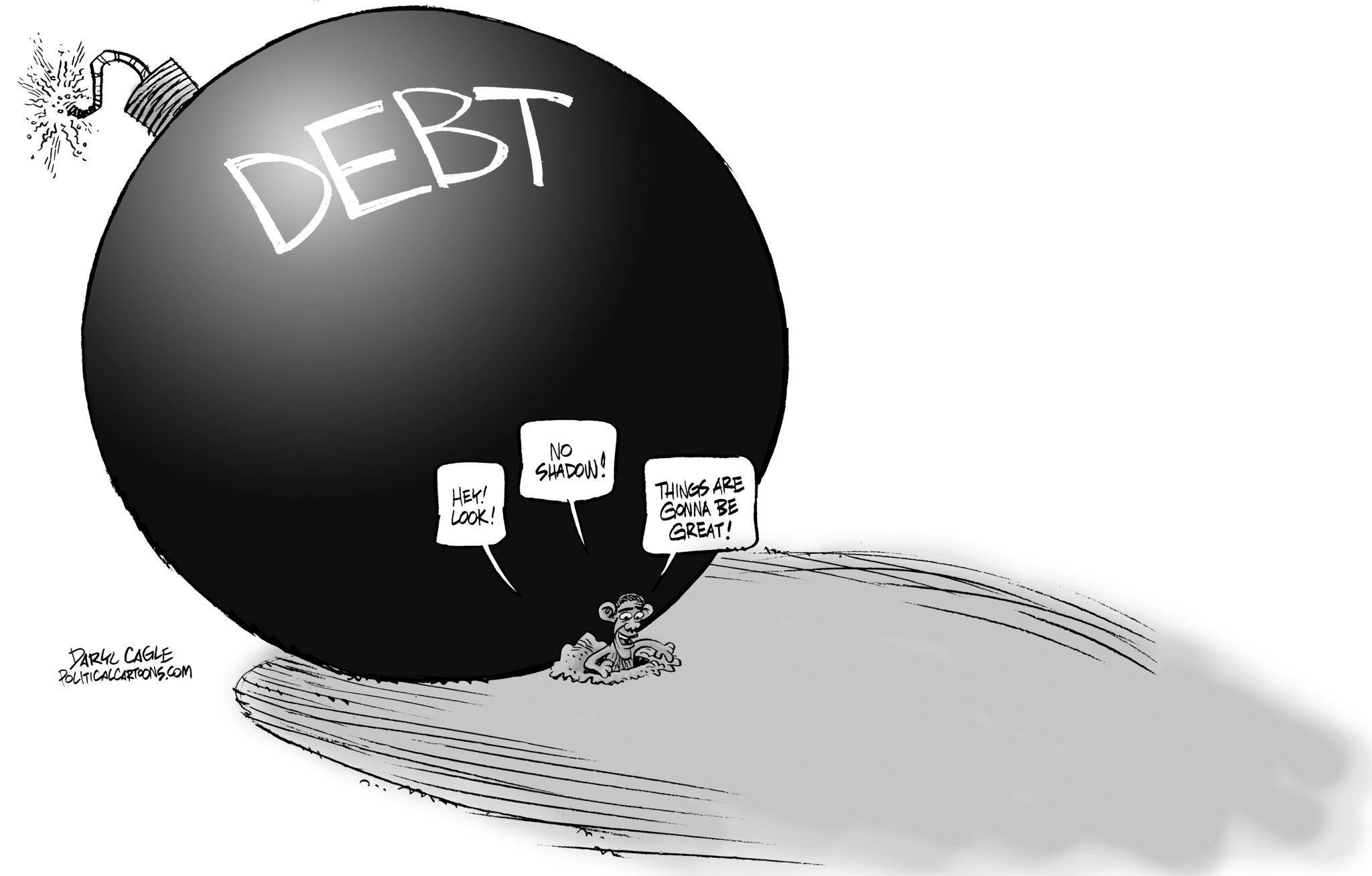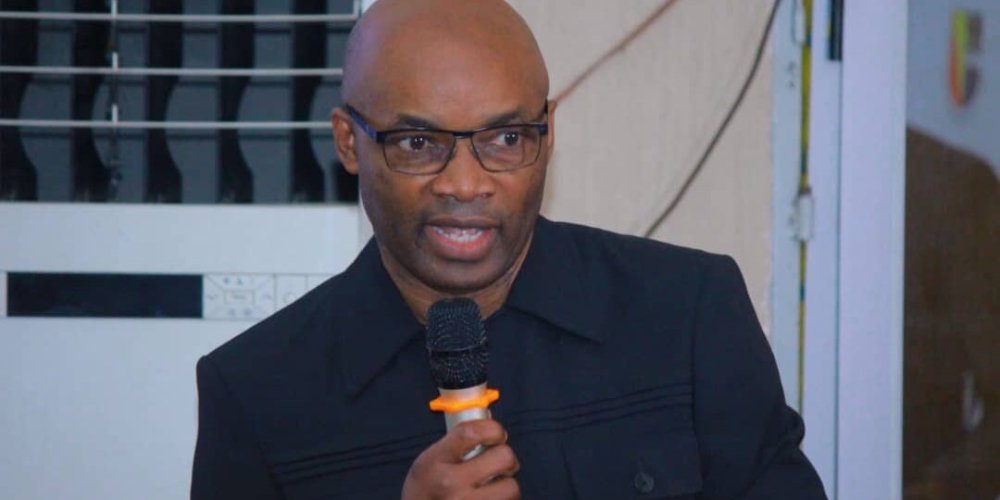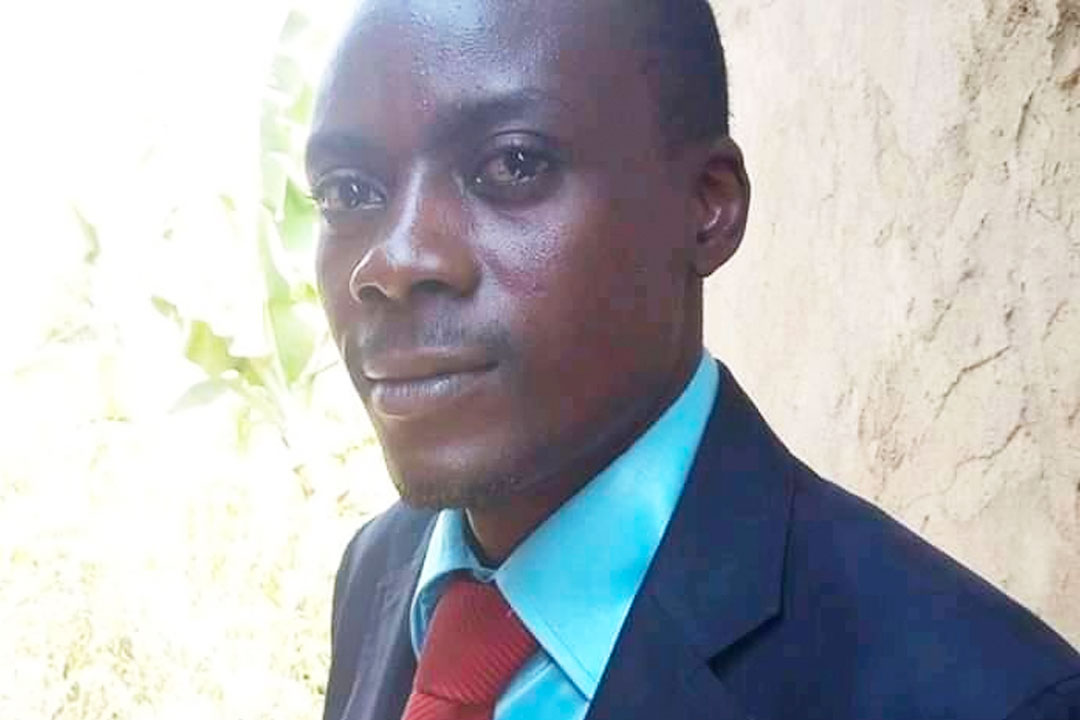Rwanda’s external debt increased from $900 million in 1994 to $1.7 billion in 2004. The country received crucial debt-relief in 2006 which decreased its debt to $400 million. However, eleven years later, external debt has soared to $3 billion which is equivalent to 38.4% of the country’s Gross Domestic Product (GDP). In addition, Rwanda’s Domestic debt has almost tripled from $300 million in 2010 to $850 million (9.7% of GDP) in 2017. As a result, the country’s gross general government debt was $3.9 billion – equivalent to 48% of GDP in 2017.
While Rwanda’s increasing external debt level could be seen as precarious, the Bretton Woods Institutions affirm it is not. According to the Debt Sustainability Analysis published jointly by International Monetary Fund (IMF) and World Bank in June 2017, Rwanda’s risk of external debt distress remains low.
In spite of this, the country continues to receive warning on its borrowing spree. In November 2017, Fitch Ratings, a credit rating agency, warned that Rwanda’s failure to slow the rise of its net external debt and stabilize the upward trajectory of its gross general government debt/GDP ratio, could individually or collectively put downward pressure on the country’s credit ratings. Also, the World Bank Rwanda economic update of December 2017 cited continued debt accumulation among the main risks posed to the country’s economic growth outlook (pg.14).
However, Rwanda’s senior officials downplayed any of these warnings. Earlier in February 2018, the country’s minister of Finance said: “We cannot take more debts than we can handle. There is caution on how we go about debt management. Also when you look at aspects such as debt servicing, rising exports and reducing trade deficit among others, our debt levels are very manageable”
Two weeks later, in mid-February 2018, the IMF head of mission in Rwanda reaffirmed the country’s official narrative but set conditions. IMF officials said Rwanda ought to avoid unnecessary debts which do not pay off and also warned that domestic debts are relatively expensive due to the higher interest rates charged on them.
Against such inexplicit background on Rwanda debts, there are indeed considerable facts that citizens, prospective policy makers, investors and Rwanda’s partners should seriously pay attention to.
In March 2018, the IMF warnedof mounting debt crisis risk among poor countries that Rwanda is categorised in. IMF had found that 40 percent of low income developing countries face significant debt-related challenges. However, it did not reveal names of concerned countries.
Nevertheless, in May 2018, The Jubilee debt Campaign, a UK based global movement working to break the chains of debt, classified Rwanda among countries at risk of government/public debt crisis. This classification was approved following assessment of various economic indicators that indicate Rwanda’s indebtedness risk. It was observed that Rwanda’s net external liabilities (difference between international assets and liabilities) was -26% of GDP, close to the tolerable threshold of -29% of GDP. The country’s three years average current account deficit was 8.4% of GDP, well above the normal limit of 3% of GDP. In addition, Rwanda’s external debt payments were projected to exceed 15% of government revenue over several years and the country’s external debt was 38.4% of GDP, close to the appropriate threshold of 40% of GDP. Furthermore, the country’s external debt was 262% of exports above the 150% of exports check, and its external debt payment was 9.1 % of revenue close to the acceptable limit of 10%. Considering underlined indicators’ results, Rwanda was categorised among countries at risk of government debt.
Despite of this, Rwanda gross government debt is forecasted to increase throughout the coming years. In its May 2018 report, Fitch Ratings agency explains that the rise in public debt of Rwanda is expected to be driven by the fiscal deficit, the impact of country’s currency depreciation on foreign-currency debt, rising government guaranteed debt, and donors’ drive to transform grant support into concessionary loans. The rating agency also foresaw that Rwanda will face a refinancing risk in the future. This implies, the possibility that Rwanda can not refinance by borrowing to repay existing debt.
A month later, in June 2018, The World Bank reiterated Rwanda risk of refinancing its commercial debt. In spite of the Debt Sustainability Analysis (DSA) stating that the debt distress of Rwanda remains low, The Bank report reads: “The DSA 2017 showed, however that the debts service-to-exports and debt service-to revenue ratios breach the thresholds in 2023 with projected repayments of Eurobonds. Although the breach appears to be temporary and manageable, it illustrates risks that might confront Rwanda in refinancing its commercial debt if conditions in international markets are not favourable.” (pg.11)
In fact, Rwanda’s fiscal space has been gradually tightened due to the country’s indebtedness. As a result, its capacity to provide resources for the desired purpose without jeopardizing the sustainability of its financial position or the stability of the economy has narrowed (pg.13). According to the World bank the tax years needed for Rwanda to repay the public debt increased from 1.7 in 2012 to 2.2 in 2014 and 3.0 in 2016 (ibid). The bank then stated that such trend indicates a narrowing of the fiscal space of Rwanda’s government. If it proceeds in that trajectory, this could also undermine the country’s debt sustainability (pg.14).
Rwanda’s fiscal risk is exacerbated by large projects that were executed from external borrowing but are yet to generate expected returns. This is affirmed again by the Word Bank which pointed out that the economic returns on recent large public investments made during the period 2012 – 2015 may be lower than expected; and this raises concerns for Rwanda’s fiscal sustainability. Among these projects are the construction of Kigali Convention Centre (KCC) and the expansion of Rwandair. For the latter, Rwandair has been receiving grants and loans from the government estimated to $440 million from 2013 to 2016. Almost 70 percent of Rwanda’s total net lending for the year 2016/2017 was for Rwandair (pg.9). Despite of this, the airline is yet to generate a return proportionate to the investment made.
Could it be that Rwanda’s ongoing borrowings, which are mainly for financing the operations of KCC and Rwandair, are among the unnecessary debts that IMF officials warned the country against back in Mid February 2018? Fitch rating has also recently warned Rwanda against significant emergence of contingent liabilities, citing the state-owned airline Rwandair as one of the country’s rating sensitivities.
It is evident that the aforementioned raises serious questions among stakeholders on the power and rational guiding Rwanda’s borrowing and its management. In the second part of this article, Rwanda’s domestic debt will be discussed, providing revealing facts and insightful explanations. It will also divulge evidence that indebtedness has become one of the culprits preventing Rwanda to achieve its vision 2020 development program.
The second part of this series can be read from here.
Aimé Muligo Sindayigaya
To read more articles written by the author visit http://insightfulquotient.com/





